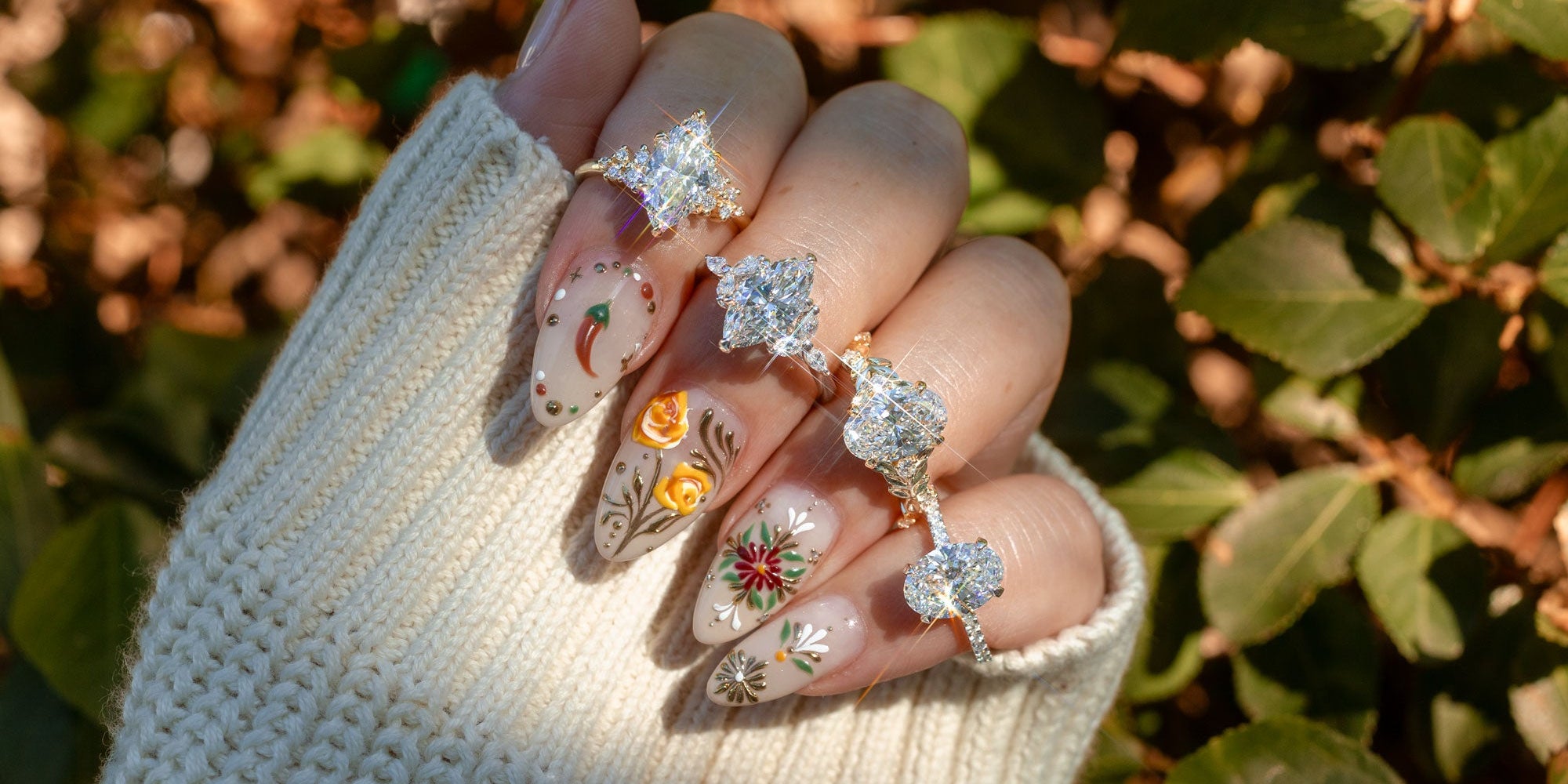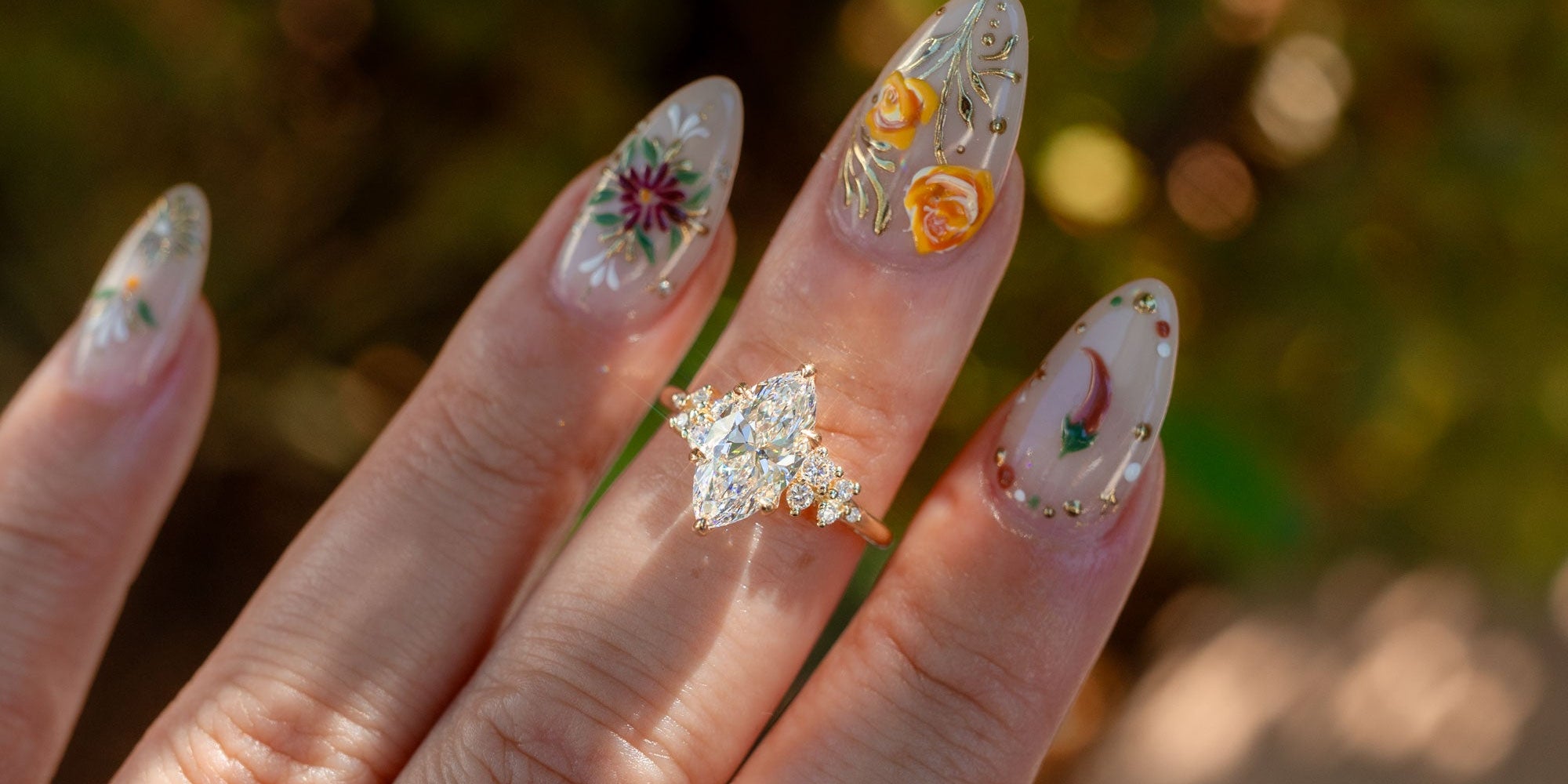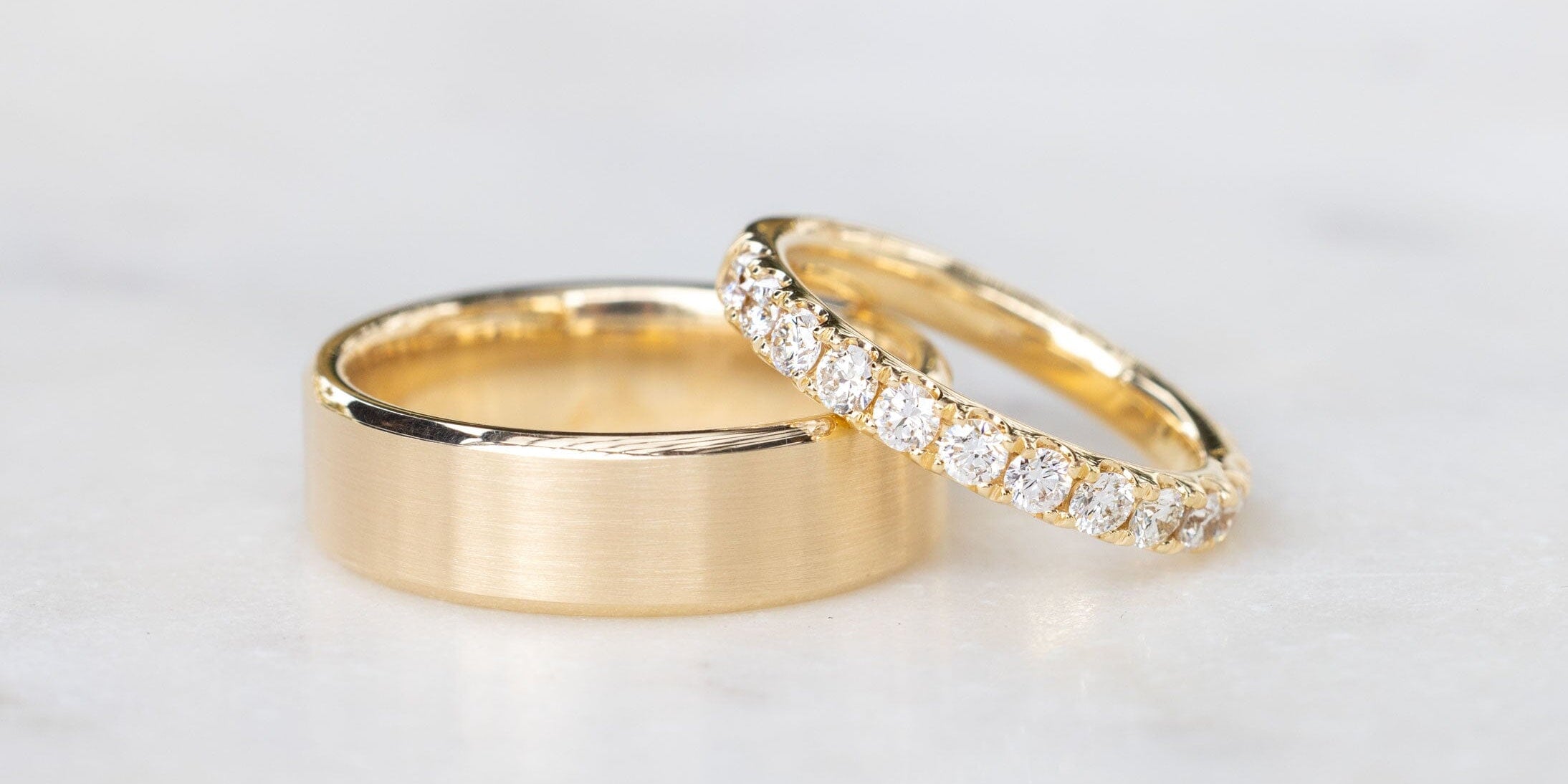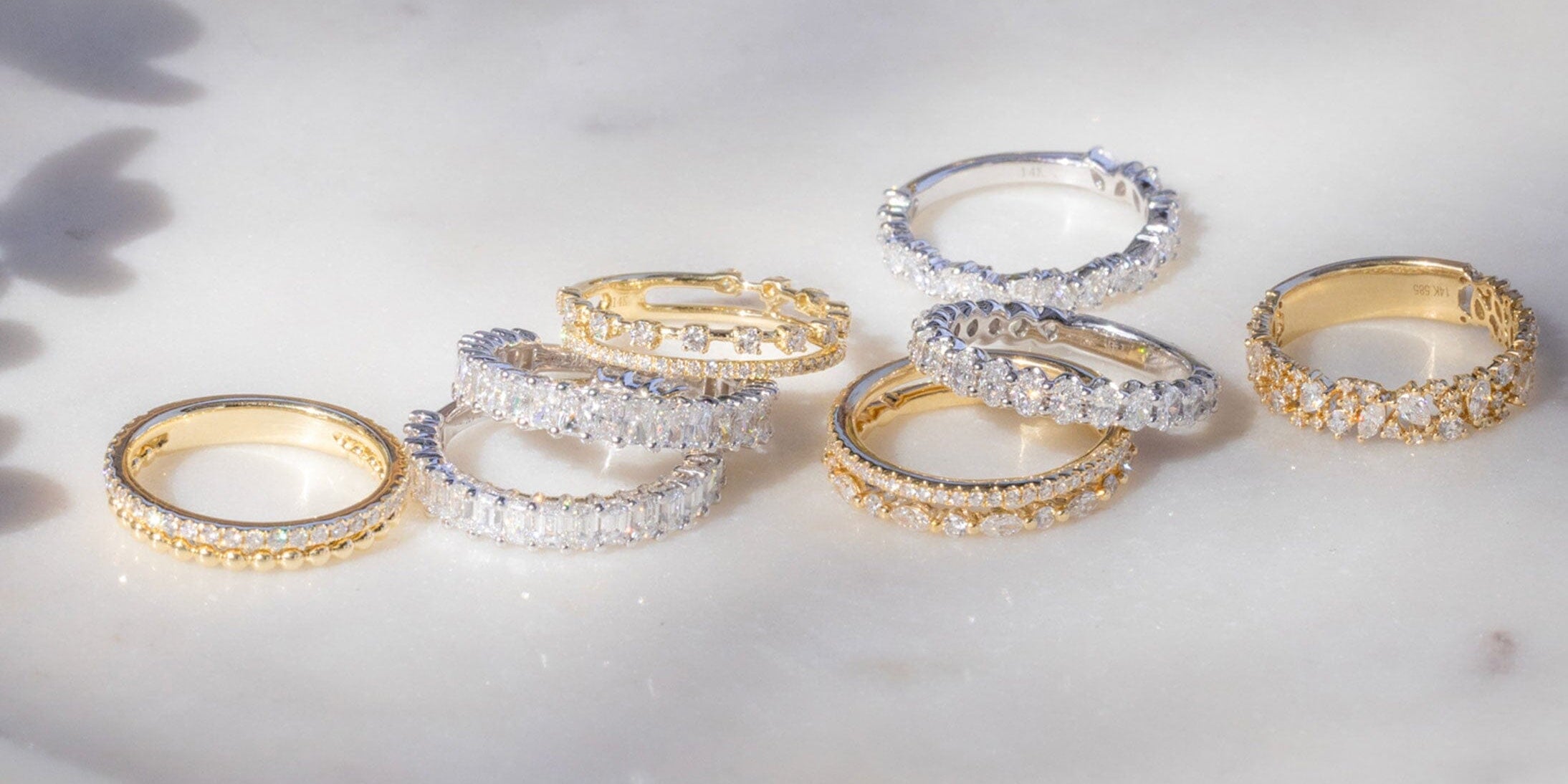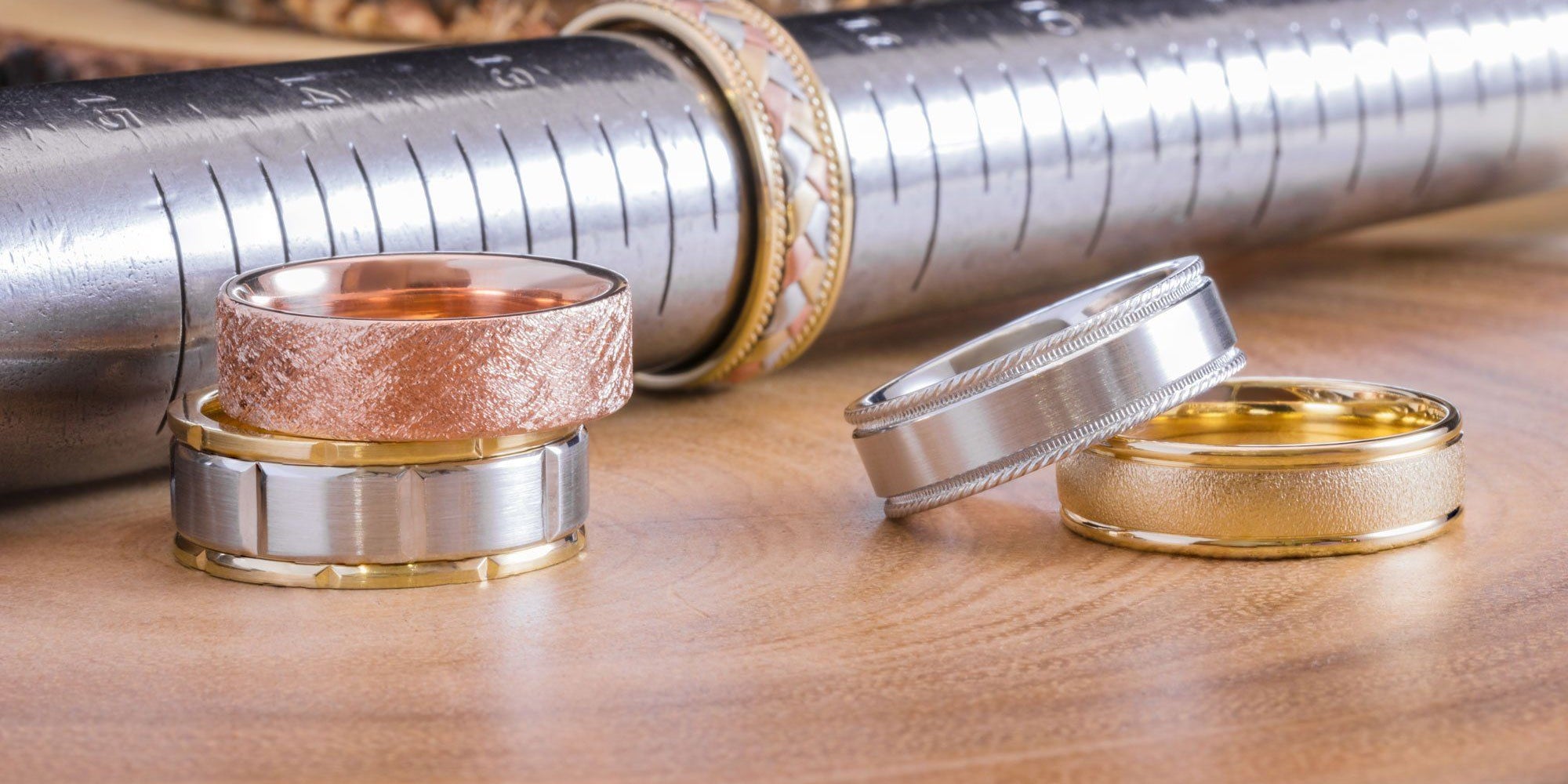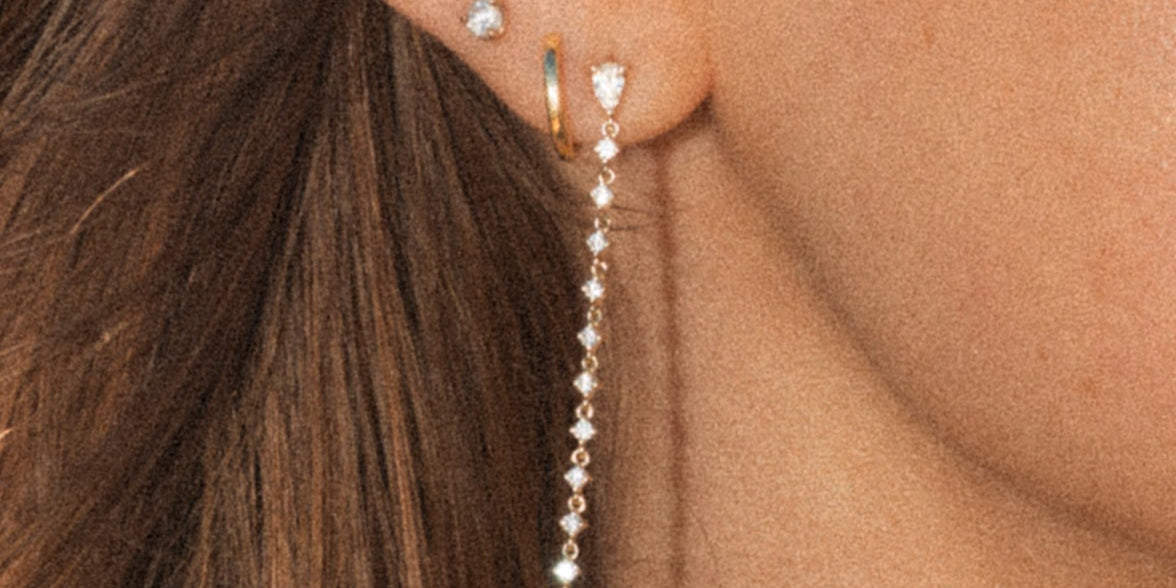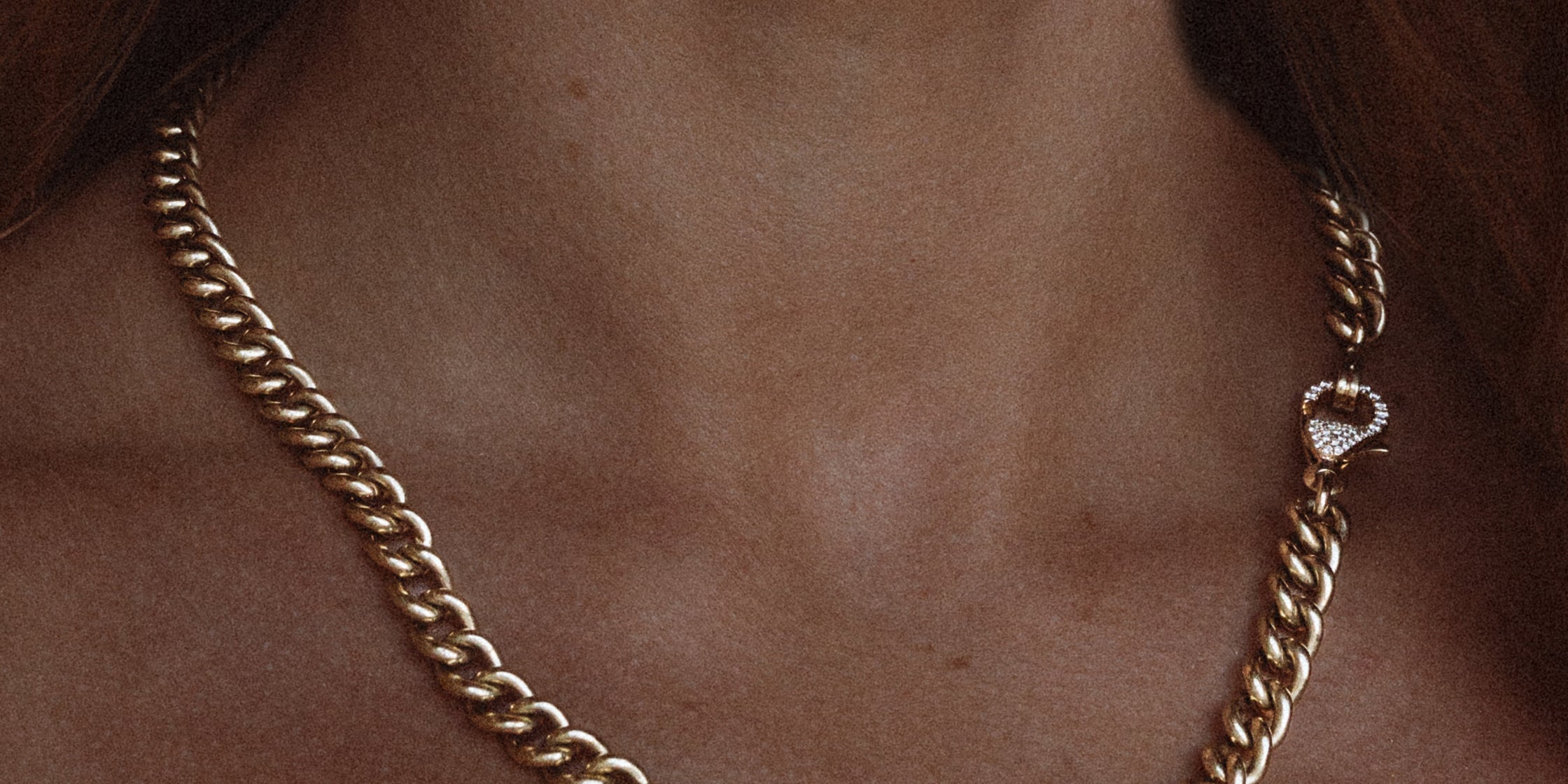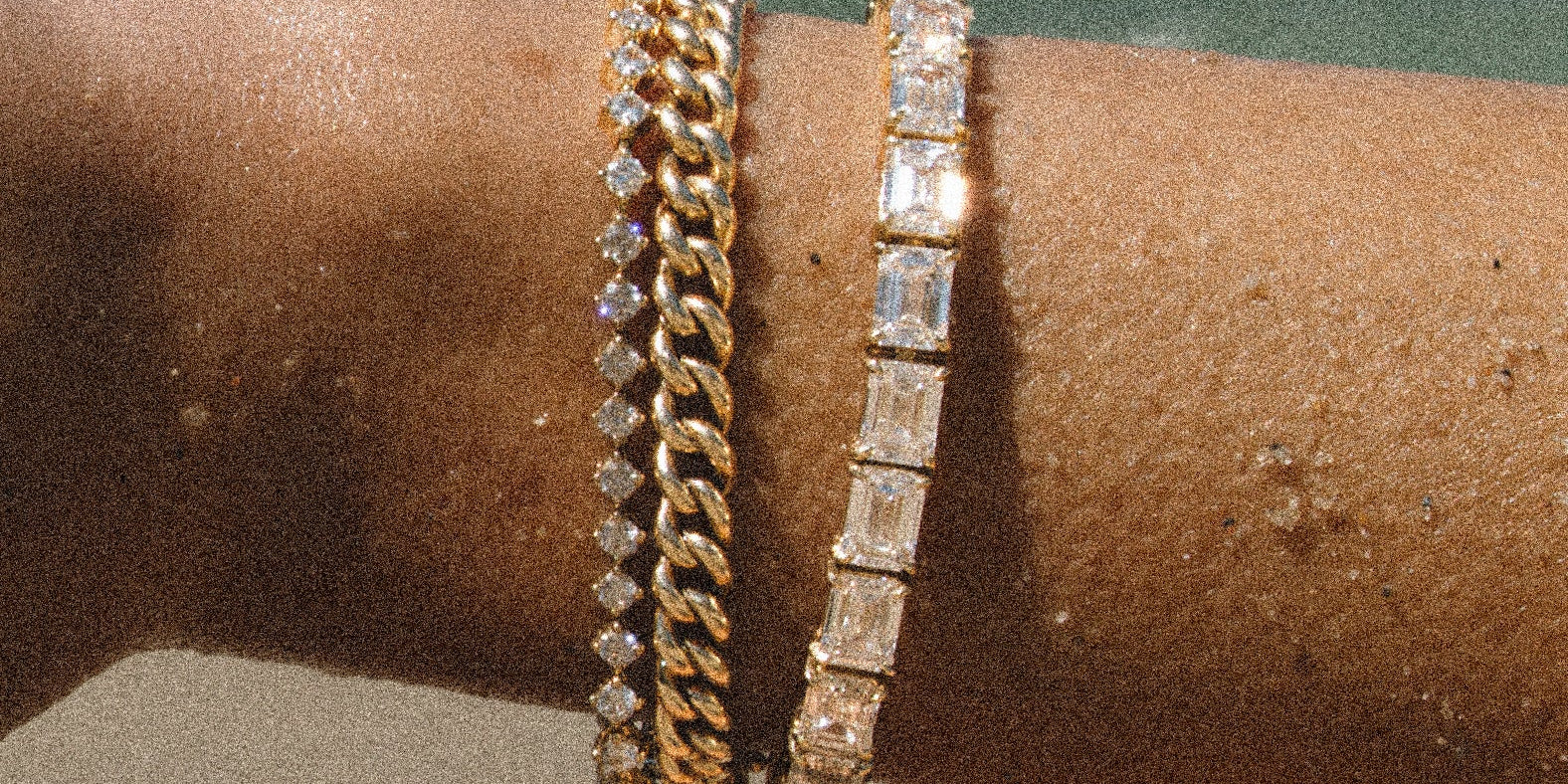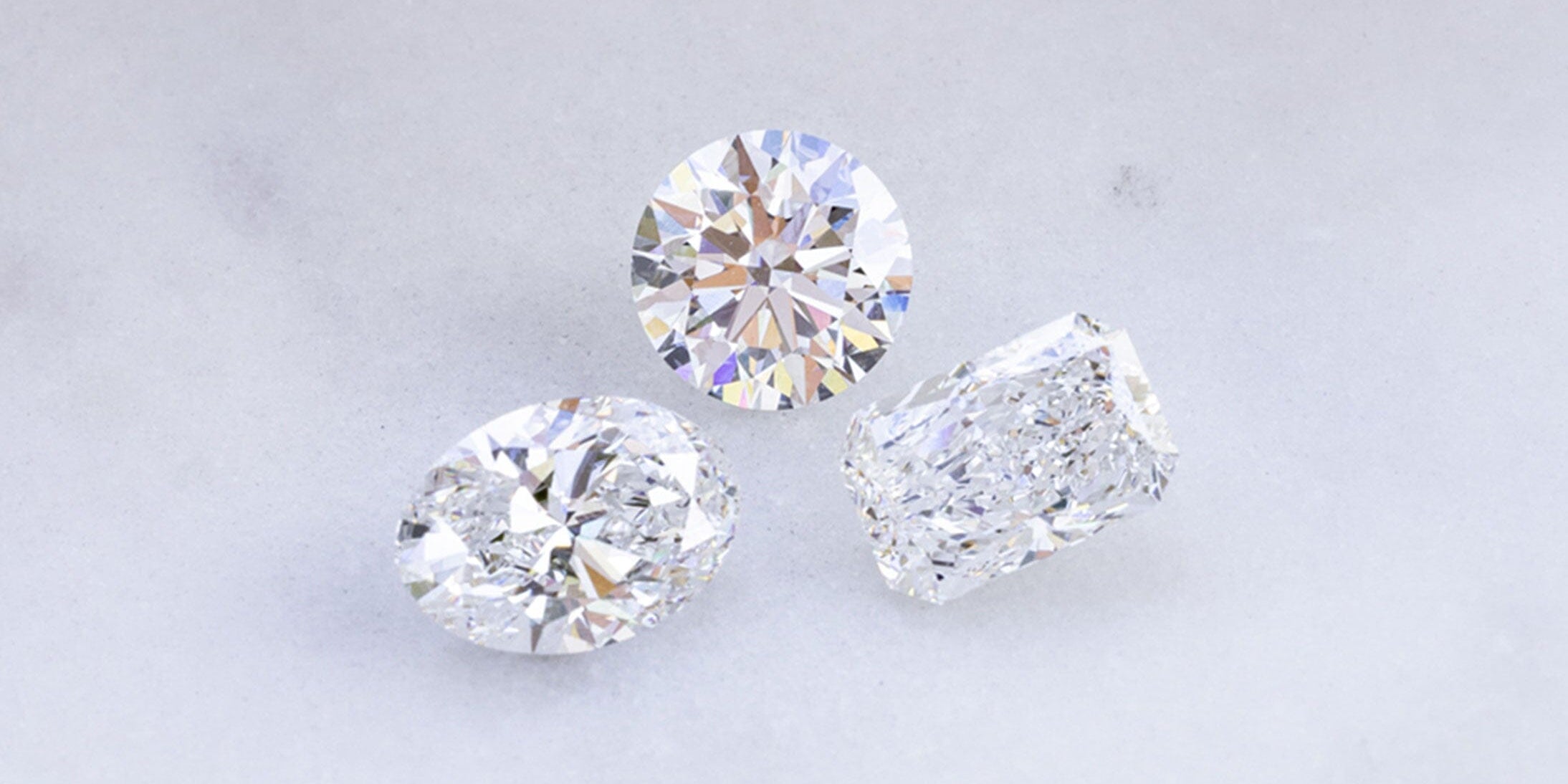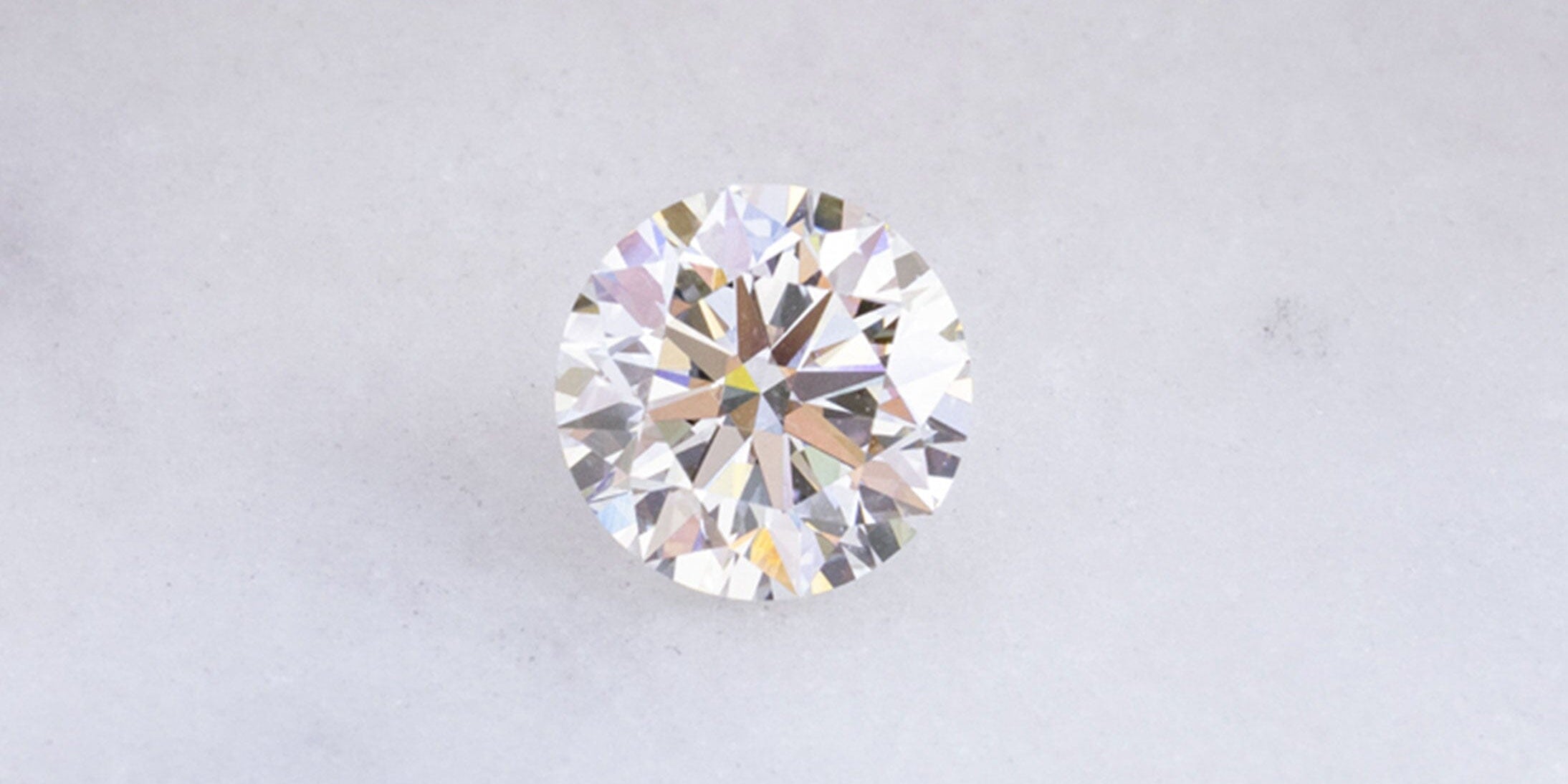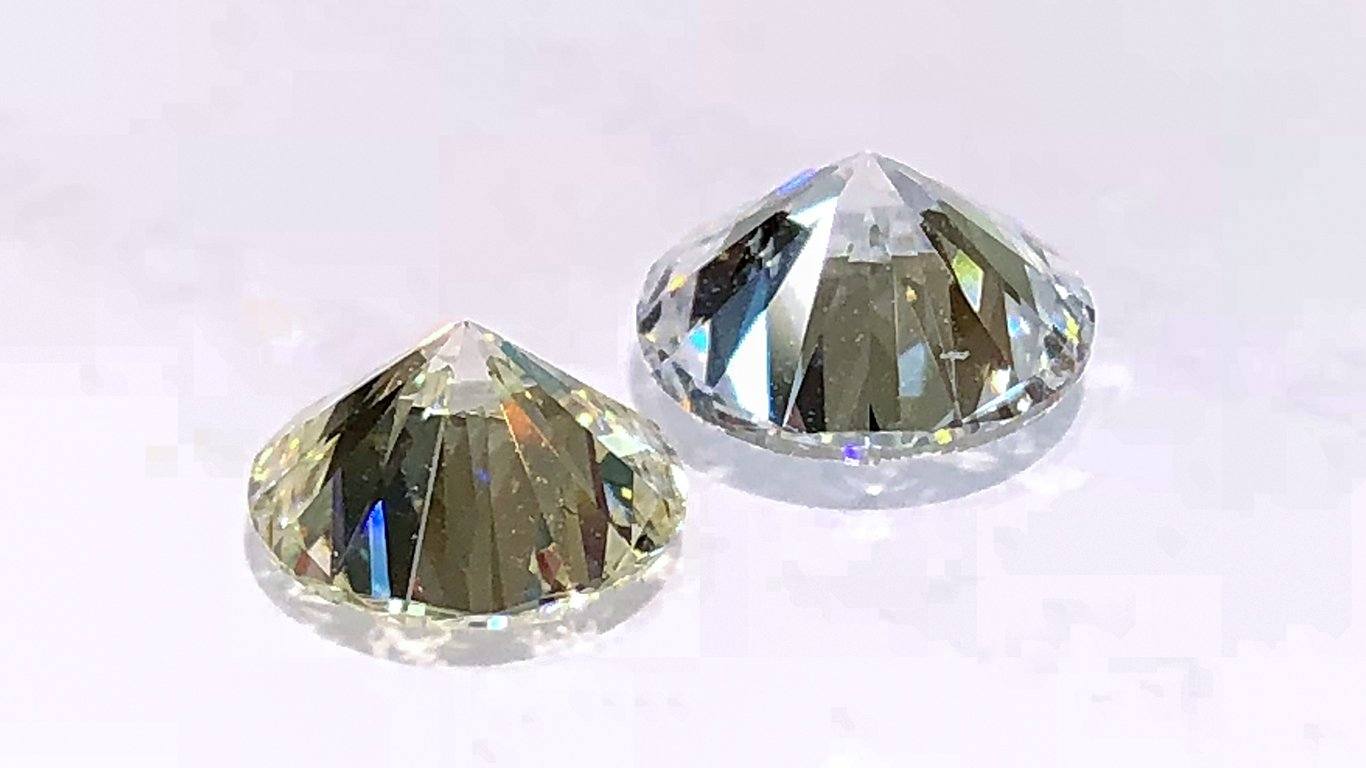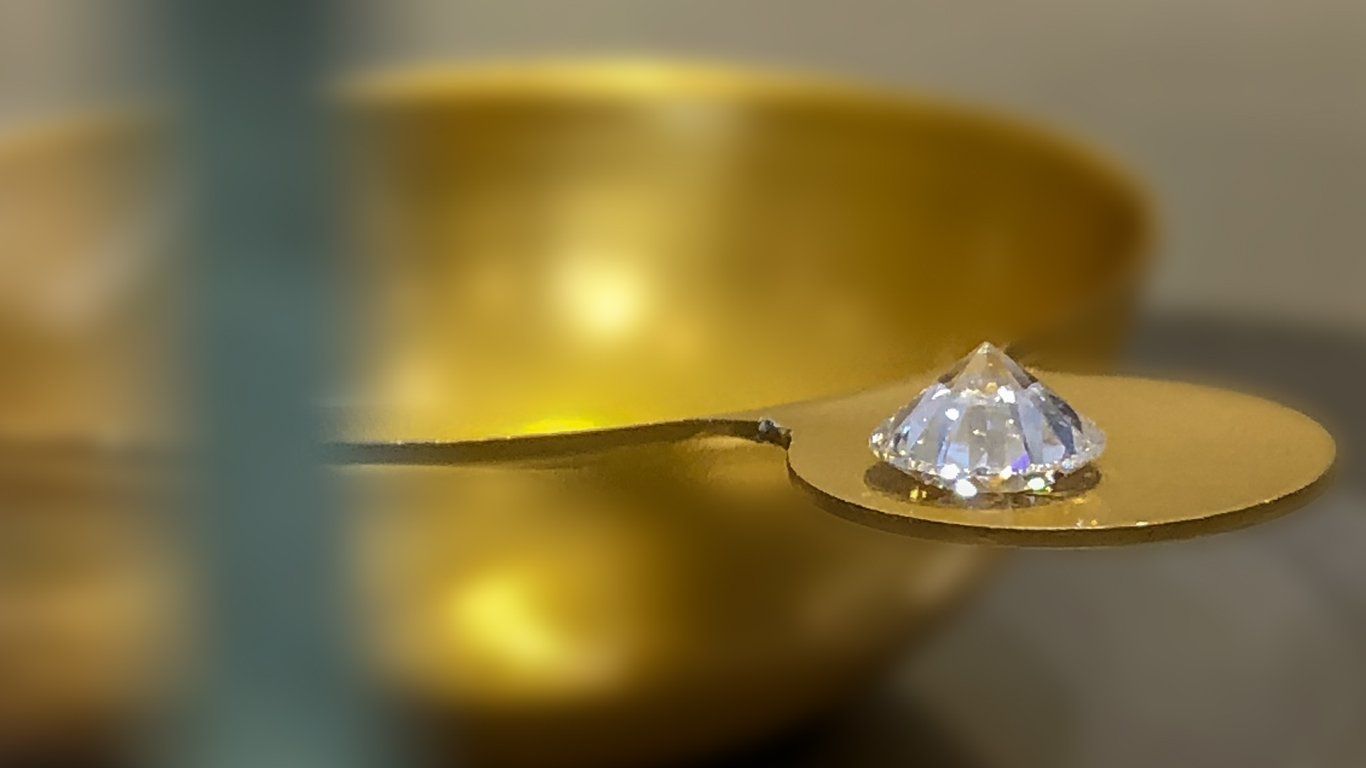General Facts
- Color is one of the 4 C’s
- Diamond Color refers to the lack of color in the stone
- A chemically pure and structurally perfect diamond has no hue
- Diamonds are graded on a scale of D-Z to measure the degree of colorlessness
Colorless Grading Scale
- Before GIA universalized the D-to-Z Color Grading Scale, a variety of other systems were used loosely, from A, B, and C (used without clear definition), to Arabic (0, 1, 2, 3) and Roman (I, II, III) numbers, to descriptive terms like “gem blue” or “blue-white,” which are notorious for misinterpretation.
- So the creators of the GIA Color Scale wanted to start fresh, without any association with earlier systems.
- Thus the GIA scale starts at the letter D.
- Very few people still cling to other grading systems, and no other system has the clarity and universal acceptance of the GIA scale.
Are Diamonds Graded as Zs Considered Fancy-Color?
- No. Naturally colored diamonds outside the normal color range are called fancy-color diamonds.
- The FTC provides no guidelines for the use of the term “fancy-color” in the US, but there is general agreement in the international trade that fancy-color diamonds are either yellow or brown diamonds that have more color than a Z master stone or they exhibit a color other than yellow or brown.
Tips on Diamond Color
- It is important to note that round diamonds will generally show color best when they are compared to all the different fancy shapes.
- For example, when comparing a round H color diamond vs. an emerald cut H color diamond, the round may look whiter than the emerald cut due to the differences in their faceting style. They round have brilliant facets, while the emerald features a step cut or mirror type of faceting.
- When examining the color of your diamond, you should look at the stone from a top bird's eye view and from the side profile view.
- The top birds-eye view will show how the diamond is going to look a majority of the time as you look at it in the ring. This view will make the color look more favorable.
- The side profile view does not have as much light return distracting your eyes and will show you the true color of the diamond.
- Always return to the bird's eye view to make your final decision because this is how you will view your diamond most often.
Our recommendations:
- We do specialize in colorless diamonds here at Princess Bride Diamonds, but we find that most clients start noticing the warmer tint of color in a H.
- If you are trying to decide what color is best for you, ask yourself this question:
- What color metal do you like for your ring?
- Diamond color tend to be the most noticeable when set in a white gold or platinum ring due to the contrast of the metal against the diamonds.
- If you are choosing white gold or platinum, we recommend shopping in the D-G color range.
- If you are choosing yellow or rose gold it will be harder to tell that the diamond has a shade of yellow because the metal somewhat camouflages it or makes it less obvious to the eye.
- We recommend shopping D-I color to pair with a yellow or rose gold ring.
- People often assume that by choosing a yellow or rose gold ring, color is not as important, but colorless diamonds will have an extremely beautiful contrast up against colored metal.

